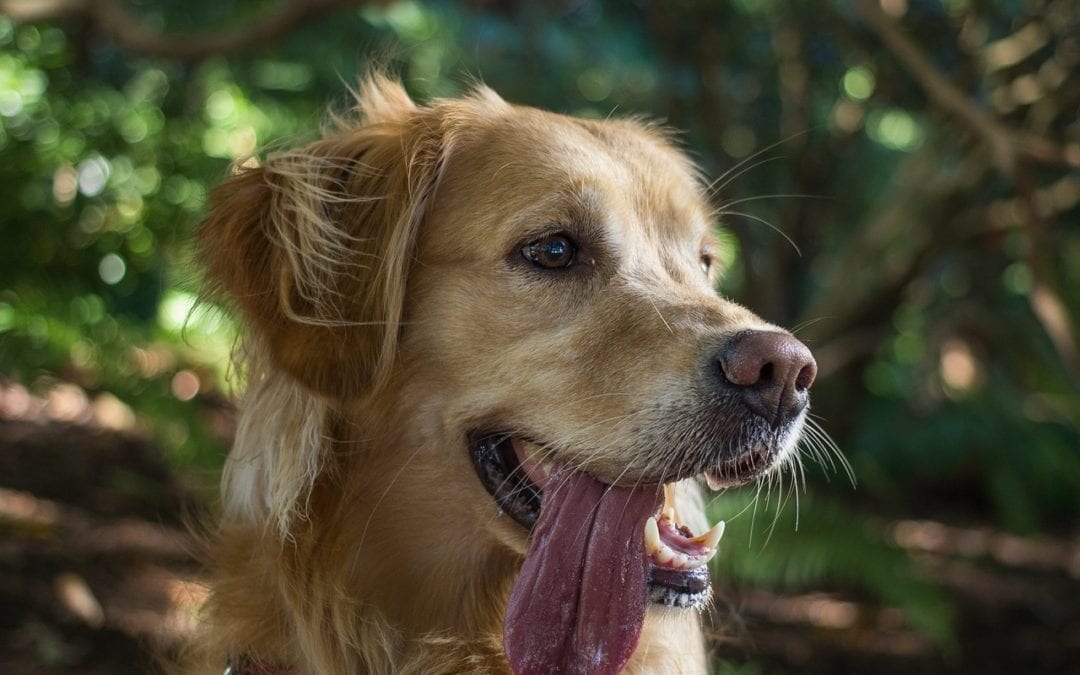It’s late August, and while many parts of the country are on the countdown to fall, we know we have a lot of summer left in Texas! With temperatures still soaring, it’s important to take precautions to protect our pets from the heat. Unlike humans, our pets aren’t able to effectively reduce their body temperature by sweating. But, just because your furry pal can’t tell you when he’s too hot, doesn’t mean you can’t protect him from the potentially deadly effects of heat stroke, also known as hyperthermia or heat exhaustion. Here’s what you need to know to keep your pet safe as the weather heats up.
Signs of Heat Stroke:
Dogs and cats who are beginning to overheat will typically attempt to find water, shade, or a cooler place to go. They might also begin panting and drooling and their footpads might sweat.
If the attempts to cool off are unsuccessful and the animal’s body temperature rises further, you might notice:
- Rapid breathing
- Redness of the tongue and mouth
- Weakness
- Vomiting
- Dizziness
- Seizures
- Collapse
5 Ways to Prevent Heat Stroke
- During the summer months, try to walk your dog during the morning or evening hours.
- Limit your pet’s time outside and be sure he has access to shade and fresh water at all times.
- Never leave a pet in a car with the windows closed. Even when the outdoor temperature is in the high 70s, the temperature inside a car can quickly rise to dangerous levels.
- Take extra precautions when humidity levels are high, which can increase the heat index.
- Also take extra precautions for brachycephalic dog breeds (short-nosed breeds), like bulldogs, pugs, boxers, and others. These breeds are more susceptible to heat stroke than longer-nosed breeds.
Treating Heat Stroke
First and foremost, if you find your pet unconscious or in serious distress, attempt to cool him off immediately and slowly. Dogs and cats should be soaked in cool water, focusing on the back of the head and neck and being sure that no water gets into the nose or mouth. Reducing the body temperature too quickly often sends them into shock and disseminated intravascular coagulation (DIC).
You can place an icepack or bag of frozen vegetables on the back of the head, too, and let the overheated animal drink as much water as he wants.
Even if a pet has seemed to recover, heat stroke can lead to kidney failure, swelling of the brain, abnormal clotting of blood, and other dangerous conditions, so call our office immediately if you suspect your pet is overheated.
Please don’t hesitate to contact us with any questions. If you notice symptoms of heat stroke, the Trophy Club Animal Hospital team will be here to help.

